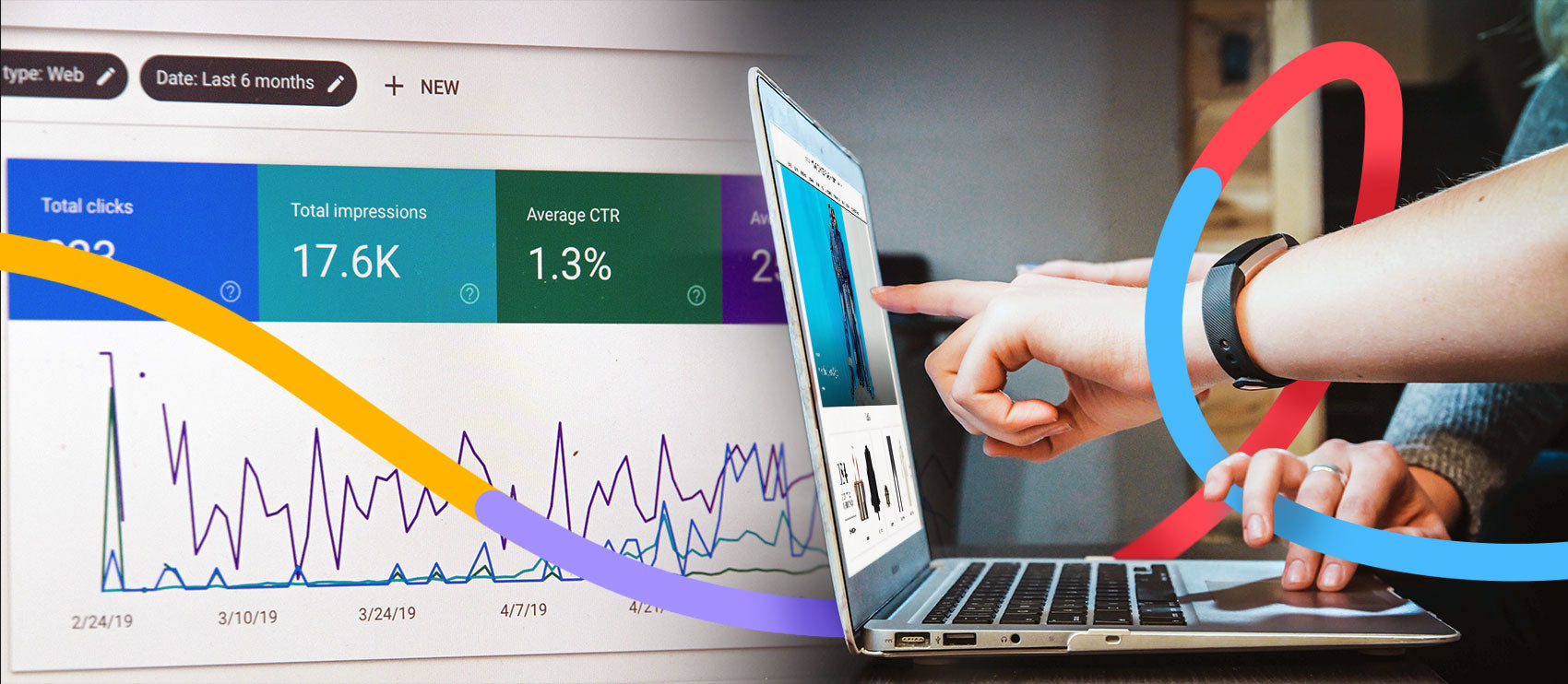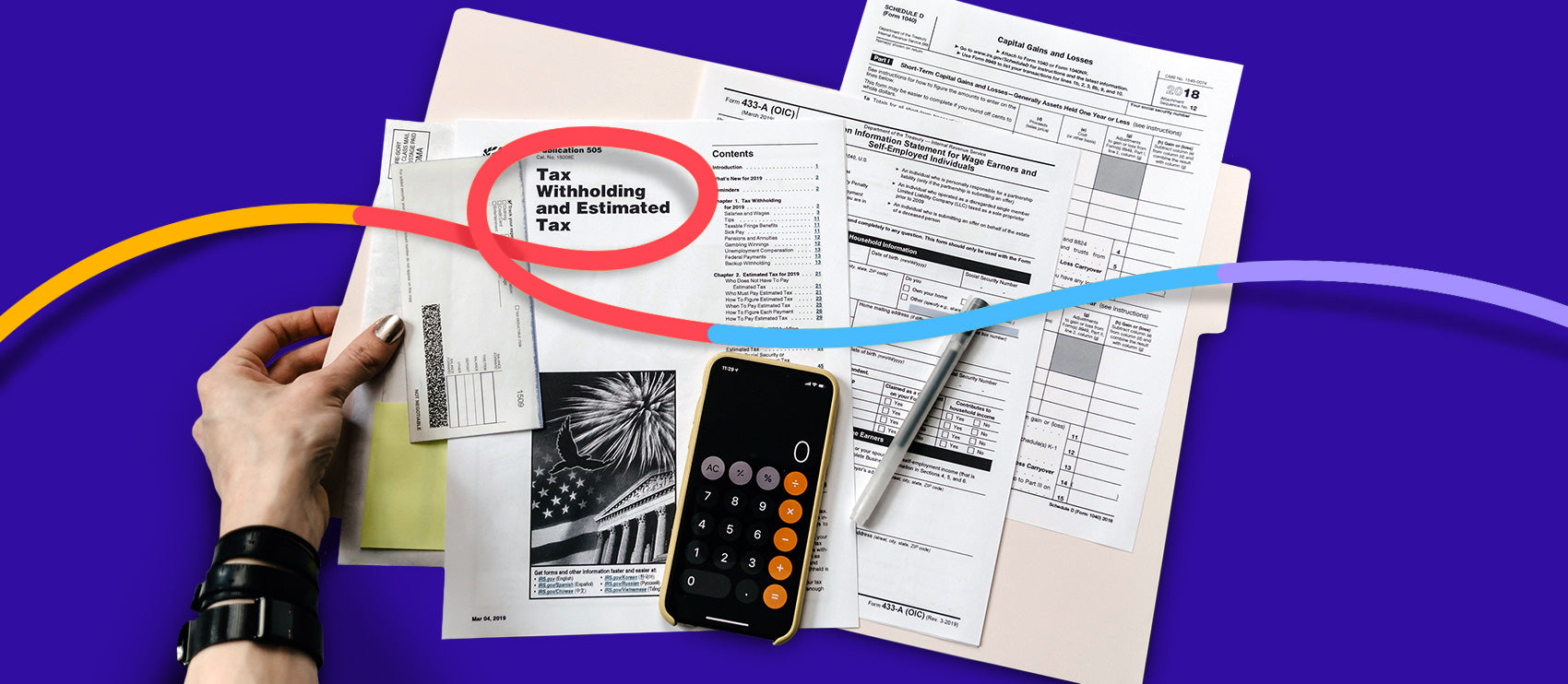When it comes to digital branding and sales, appearances are everything. How you present yourself and your products online can make or break buying decisions and brand perception, which is why it’s critical to keep your store’s visuals in top shape.
It’s not enough to take great photos of your staff and products. You have to ensure that those images pop when they go live on your website.
This is why it’s worth paying someone to edit photos. A professional photo editor or retoucher can make your images more appealing, ultimately improving your ability to sell.
The vast majority of photo editing can — and should — be outsourced. The average photo retouching manager salary is $66,161 per year, so unless you need a team member whose sole responsibility is to edit photos all day, it’s more cost-effective to hire a third party to do the job. This is especially true when it comes to tedious editing jobs.
That said, if you need creative photo editing or you’re very particular about keeping your images on-brand, bringing someone in-house may make sense, as long as you can justify the cost.
If you’re going the third party route, how much should you spend when outsourcing photo editing? The short answer: your costs can be anywhere from 39¢–$10 per image. It’s a big range, which is why in this post, we’ll break down the factors that go into photo editing, the different payment structures to consider, and how to calculator your budget.
In this article:
- What goes into photo editing pricing?
- Different pricing structures for photo retouching
- Determining your budget when outsourcing photo editing
- Evaluating photo editors: are you being overcharged?
- Bringing it all together
What goes into photo editing pricing?
If you want to know how to outsource photo editing, it's helpful to understand why photo editing companies or contractors charge what they do. Look at the components that go into photo retouching:
Labor costs
You need to pay the people doing the job, and their fees will depend largely on their experience and skill level. On the low end are those who can handle basic edits such as getting rid of blemishes or backgrounds, while those on the higher end do more advanced edits like image transformations and other complex forms of retouching.
You should also consider vendor location. Companies or freelancers that reside in an area with a low cost of living will be more affordable than those operating from a major city in North America or Europe.
Tools
Another thing to think about is the contractor’s equipment and software. Those using specialized or sophisticated tools will likely charge more than photo editors who use basic hardware and software.
Project complexity
The task of “cleaning up” an image sounds simple, but it can actually involve a lot of work, depending on the type of product you need to retouch and the nature of the edits.
Simple jobs like getting rid of the background or removing smudges cost considerably less than more complicated tasks like putting the subject in a different background/environment or combining different images.
In the same vein, the subject of the photo also factors into the difficulty level — and cost — of the project. Products that have simple shapes and hard, clear boundaries (e.g., a smartphone or laptop) are easier to edit compared to fuzzy products like stuffed animals.
Turnaround time
Some contractors may charge more if there’s a tight deadline, so expect to pay an extra rush fee if you need your edits within a few hours or days. We’re available 24/7 so no matter your time zone, we’re available to provide you a quote within 45 minutes (or less!) Our prices start as low as 25¢ per image, and you can always pay more for rushed projects.
Volume
How many photos do you need to edit? Some vendors give discounts for high-volume projects, so you’ll end up paying less per photo when you place large orders. You can get discounted photo-editing services by purchasing Path credits. And if you need thousands of photos edited per year, you can contact us directly to arrange a bulk order discount.
Pricing structures for photo retouching
The amount you’ll spend on photo retouching also depends on your vendor’s pricing structure. Some photo retouchers, like us, charge per photo. This is a more straightforward form of pricing that makes it easier to plan budgets. Others charge an hourly rate, and then there are companies that use a monthly or batch subscription model for their services.
Pay-as-you-go
With a pay-as-you-go pricing model, you’re charged on a per-project or per-photo basis. You brief the contractor on your photo editing needs, and they’ll get back to you with a set fee.
| Pros | Cons |
|
|
Monthly subscription
With a monthly subscription, you’re charged a flat fee for your photo retouching needs, as long as they fit within your subscription agreement (aka the “plan” or “tier” you choose).
| Pros | Cons |
|
|
Pro tip for deciding between pay-as-you-go vs. hourly: Figure out how many photos you need to edit per month. Then, divide the vendor’s monthly fee with the number of photos. This will give you a rough per-photo cost. Compare that amount with the pay-as-you-go quotes from other providers, then go with the more cost-effective option.
Hourly
Some vendors charge by the hour. You’ll agree on a rate and they will invoice you based on the number of hours they worked.
| Pros | Cons |
|
|
Determining your budget when outsourcing photo editing
Already have an idea of what payment structure works best? Great. Let’s talk about budgeting for your photo editing needs. The main factors that come into play here are the subject of your photographs and the complexity of your project.
The subject of your photos
As mentioned earlier, items with clean shapes or boundaries, as well as those that come in solid colors (versus gradients) typically cost less compared to fuzzier or intricately-shaped products.
A box of Oreos, for example, would cost less to edit compared to a detailed necklace.

The nature of the edits
Next, consider the types of edits you need. A clipping path project, which involves cutting a 2D image of an item, costs less than a project that involves image masking or removing glares, wrinkles, and reflections.
You should also expect to spend more if you need creative or artistic edits. (Think: altering the subject’s hair color, making complex background changes, etc.)
Bringing these two factors together
Product type and project complexity need to be considered together to effectively determine your budget. The cost to edit “simple” product photography like that box of Oreos we talked about earlier will vary considerably, depending on your needs.
A clipping path project for a boxy item can cost $0.49 to $0.89 per photo. But if you take that same product and add, say a mirror effect, then the cost would go up to $0.79 to $1.49.

You can approximate your budget by looking into different photo retouching rates in your market. Get in touch with freelancers and companies and request a photo manipulation price list, along with sample images. Compare your findings and run the numbers from there.
Evaluating photo editors: are you being overcharged?
The best way to determine if a vendor is over or undercharging is to do your research and to do the math. Once you know what different providers are charging, you’ll have a better idea of which vendors to do business with.
Consider the following:
Quality of work
High prices should reflect high-quality work. If you encounter a highly-paid photo editor, for example, examine their portfolio to see if their prices are worth it.
That being said, not all vendors charge prices that reflect their output. Some photo editors are grossly overcharging for their services, while there are some talented folks who have fairly reasonable rates.
Check out what happened when photographer Irene Rudnyk decided to test different editors on Fiverr. Irene hired three people with different price points: low-end (25¢ per photo), mid-tier ($5), and high-end ($10).
After evaluating the results, Irene concluded that the mid-tier photo editor did a much better job than the high-end retoucher. (The one who charged 25¢ produced dreadful results, and it was truly a case of “you get what you pay for.”)
Company ethics
Direct output isn’t the only thing to consider when evaluating vendors. Company ethics matter a great deal as well. Are they paying employees fair wages? Do they promote sustainable business practices?
It’s never a bad idea to align yourself with companies that are doing good things in the world. For example, we’re a UN Global Compact Partner, and we support human rights, eco-friendly practices, and anti-corruption in our strategy, culture, and day-to-day operations.
We're constantly giving back to the community, and we've donated $250,000 to various initiatives to help make the world a better place. So when you do business with our team of professional editors, you can rest easy knowing that your money is being put to good use.
Process, communication, and overall client experience
Beyond the actual services they provide, how easy is it to deal with the vendor? Do they communicate well? Respond promptly? Adhere to deadlines?
These things should be considered when you’re evaluating providers and their fees. A responsive photo editor with an impeccable work ethic may charge a bit more, but if they make your life easier, their prices may be worth it. That’s why our support team is available around the clock, via email or live chat, so we can respond to clients no matter their time zone.
Bringing it all together
It helps to anticipate your photo editing needs, too. How many images are you looking to edit on a monthly basis? What’s the scope of the work? The answers to these questions will help you determine the right pricing structure for your business.
Paying someone to edit photos is money well-spent if you find the right editor or retoucher. Educate yourself on current market rates for different photo editing jobs, then determine a reasonable price that fits within your budget.
We believe in pricing transparency. When you’re ready to see how hiring a professional photo editing team can uplevel your business and give you more time to focus on other tasks, we’ll be here to lend a hand.
This post was written by Francesca Nicasio.




